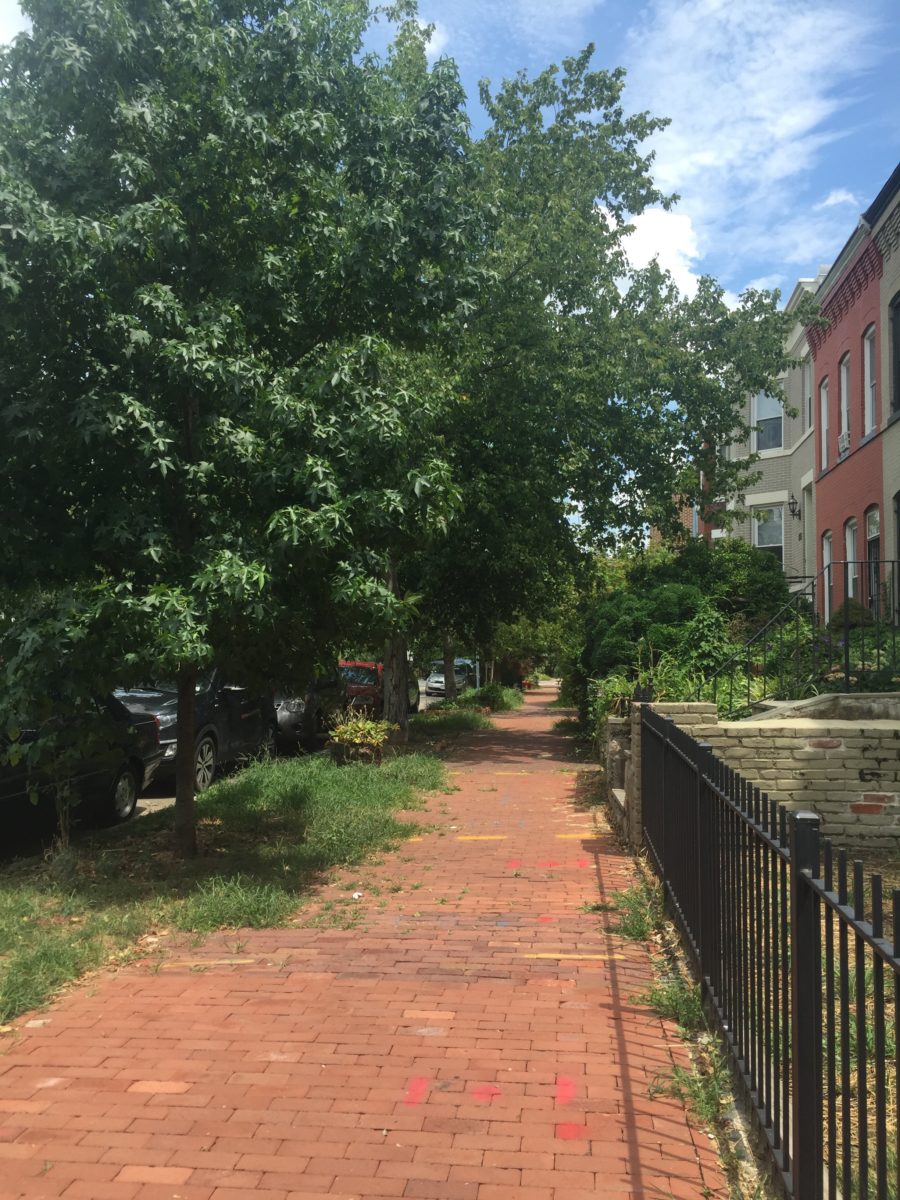Did you know that D.C.’s streets are lined with approximately 157,547 trees? Well, now you do.
Thanks to the folks at D.C. Open Data, anyone interested can access and play around with the Urban Forestry Administration’s database of all of the District’s street trees. And this is precisely what Randy Howard Smith, a GIS specialist at Hood College in Frederick, Md., recently decided to do.
Using CARTO’s mapping platform (remember, CARTO is coming to the D.C. area!), Smith made this map, originally posted on Popville, of all 157,547 street trees.
See the map
It’s pretty impressively detailed — zoom in on each colored dot to see what genus of tree it represents, or zoom how to see overall biodiversity across the city. Smith also broke down tree types in the graph below. D.C. is dominated by Oak and Maple, apparently.

Smith told Technical.ly that his initial review of the data revealed that there are over 200 unique species of street trees in D.C. He thought that this was a little complicated for a single map, so decided to categorize the trees by genus instead. This yielded the map above, with about 62 unique genera. Smith also said he was surprised by how many trees did not have a species identification — about 11 percent of the total.
On the flip side, though, this also means that 89 percent of D.C.’s street trees are identified by species in a Forestry database, and this seems pretty impressive to us.

Other oddities of the data, Smith said, include some planting patterns that you can start to see at a macro level. “You also see certain streets in many neighborhoods are dominated by one tree or another,” he wrote in an email to Technical.ly. “Take Glover Park, for example — 39th St NW is dominated by Linden, 39th Pl NW by Ginkgo and 40th St NW by Maple. It makes you wonder what the reasoning behind these types of plantings was. Did some city official really have it out for 39th Pl NW by inundating them with Ginkgos (which have a rancid smell when the berries start to fall)?”
Good question.
This is maybe our second favorite open data-driven D.C. tree exercise — the first being that time National Journal used open data to make a Tinder-like app to help you find nearby cherry blossoms.







